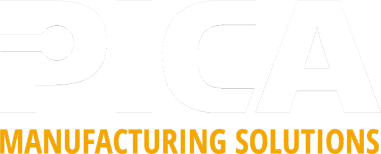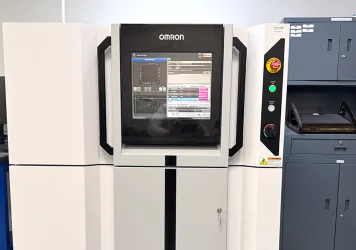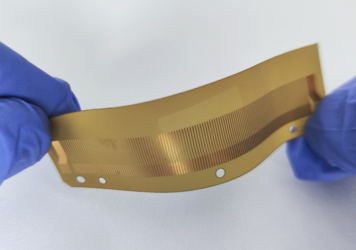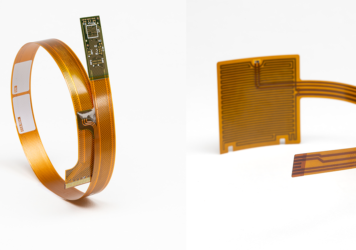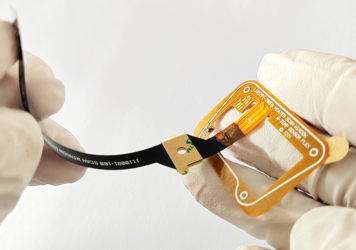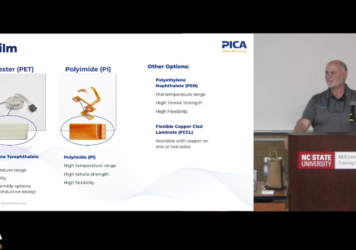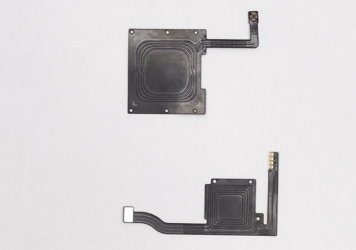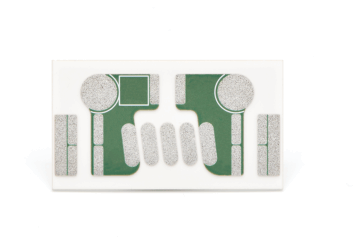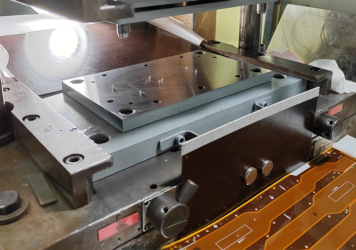Compliance: Ensuring Safety and Performance in Flexible Printed Circuit Manufacturing
Pascal Delloue2025-07-24T14:29:27+00:00When developing and manufacturing flexible printed circuits (FPCs), adhering to industry standards ensures reliability, safety, and performance. Two pivotal standards in the FPC industry are UL 796 and IPC 6013. While both standards guide the design and production of printed circuit boards, their focuses and requirements differ significantly, impacting how manufacturers approach FPC development. PICA Manufacturing Solutions stands as a reliable partner, helping customers navigate these complex standards and guiding them in the right direction to ensure compliance and quality.
UL 796 pertains to the safety of rigid printed circuit boards (PCBs), covering the basic requirements to reduce the risk of fire and shock. In contrast, UL 796F applies specifically to flexible printed circuits (FPCs), addressing their unique characteristics and ensuring their safety. This distinction is crucial for manufacturers developing FPCs. Meanwhile, IPC 6013 details the performance specifications for flexible printed wiring applications and is widely recognized globally. It focuses on the reliability of the end product under varying environmental conditions.
The key elements to consider in both standards include the V-rating, Maximum Operating Temperature (MOT), and Comparative Tracking Index (CTI):
- V-Rating: This is a measure of the material’s flammability, specifically its ability to extinguish after being ignited. UL 796 requires materials used in circuit boards to have a flammability rating, commonly V-0, indicating that burning stops within 10 seconds on a vertical specimen; drips of particles allowed as long as they are not inflamed.
- Maximum Operating Temperature (MOT): This refers to the highest temperature at which the material can perform reliably over time without degradation. Both UL 796 and IPC 6013 specify testing for thermal endurance to define this parameter.
- Comparative Tracking Index (CTI): This is a measure used to assess the electrical breakdown (tracking) properties of an insulating material after prolonged exposure to moisture and electrical stress. Higher CTI values indicate better performance in high-voltage environments.
Discover how our flexible printed circuit solutions can enhance your projects with superior design, reliability, and performance. Learn more about our capabilities and how we can support your specific application needs. Click below for details!
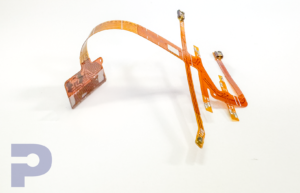
Testing Apparatus and Methodology for UL 796 on Flexible Printed Circuits
Testing for compliance with UL 796 involves a comprehensive setup that assesses the durability and safety of the FPCs under electrical, mechanical, and environmental stresses. For FPCs, the test samples typically consist of the flexible material layered with conductive traces and designed in patterns that represent the final application use. These samples are often constructed to standard sizes as dictated by UL specifications, ensuring that each test can be reliably compared against UL’s stringent criteria.
The Importance of Manufacturer Testing Beyond Raw Material Certificates
For FPC manufacturers, it is not sufficient to rely solely on the certificates of raw materials provided by suppliers. To truly ensure compliance with UL 796, manufacturers like PICA Manufacturing Solutions must conduct their own tests on samples that have been through their specific manufacturing processes. This is crucial because the final electrical, mechanical, and environmental characteristics of FPCs can be significantly affected by the manufacturing techniques and processes used. Therefore, validating the safety and performance of the materials after they have been processed is essential to meet UL standards.
Understanding the “Yellow Card” in UL 796
A “Yellow Card” is an official certification document issued by UL that shows a material’s performance properties and compliance with UL 796 standards. This document is crucial for manufacturers and designers as it provides verified data on a material’s flammability, MOT, and CTI, among other characteristics. Manufacturers use the Yellow Card to prove to customers and regulatory bodies that their material meets stringent safety and quality requirements.
Conclusion: The Strategic Importance of Partnering with PICA Manufacturing Solutions
In the development of FPCs, considering UL certification at the initial stages is essential. The requirements set by UL 796 and UL 796F can significantly influence the choice of materials, the structure of the circuits, and even the methods used in manufacturing. Early integration of UL standards into the design and development process ensures that the final product is not only compliant but also competitive in markets that demand high safety and quality standards. Partnering with PICA Manufacturing Solutions provides an advantage as they guide customers through the complexities of achieving UL compliance, ensuring that every aspect of production is aligned with these crucial safety standards. Manufacturers that align their practices with these standards from the outset can avoid costly redesigns and delays, paving the way for smoother certification processes and successful market entry.
